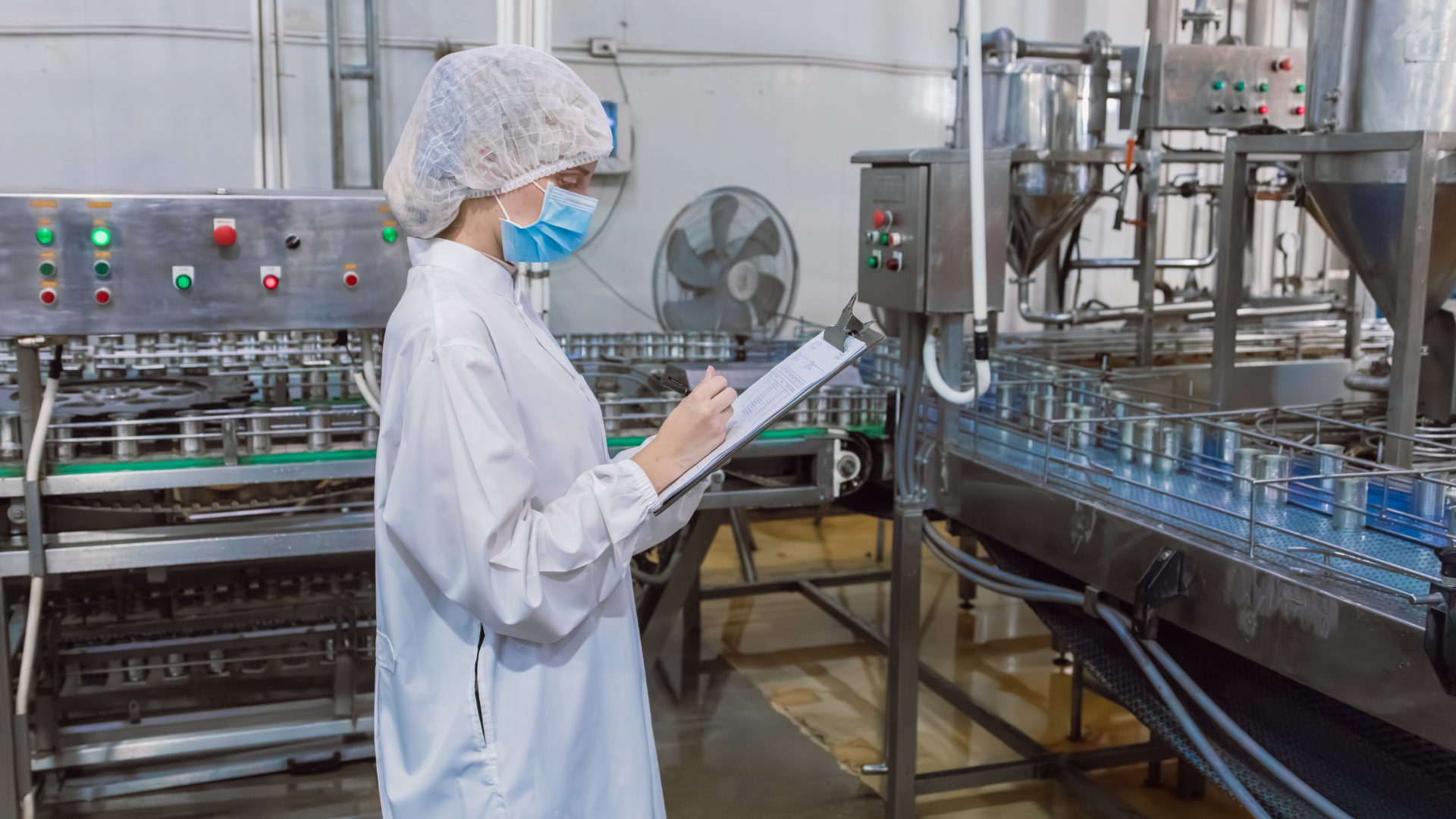For grocers, surplus food can lead to panic because they know that the longer products stay on the shelves, the less profit they yield. Many grocers still treat markdowns as an afterthought, however, which leaves money on the table.
Markdowns are triggered when there’s overstock that can’t be sold before the time of expiration and isn’t only embraced by grocers. Clothing and electronics stores, for example, are also confronted with kickstarting sales of underperforming products or seasonal items. The food supply chain is especially susceptible to inventory fluctuations.
External factors – from geopolitical issues, climate change, and agricultural produce, to transport between farms and retailers – come into play and can result in too little stock on the shelves and consumer dissatisfaction. Then there are factors such as perceptions of freshness and expiration dates, sticker shock, and soaring inflation that can dampen consumer sentiment and lead to high levels of surplus food.
The One-Size-Fits-All Approach Won’t Stick
In the 1950s, markdowns were frowned upon. The standard of goods became questionable and retail managers were instructed to avoid this practice. During the 1970s markdowns became more common, especially in the U.S. Now, markdowns are everywhere; nonetheless, at least 2.5% – 4% of the food that grocers try to sell ends up in the landfill.
The conundrum today is that existing inventory management models are plagued with outdated systems leading to a case of noisy data, lengthened processing times, and limited planning capabilities. This only results in further overstock, stock-outs, and unwelcome operational situations. Data – especially customer-centric and sales data – will be vital when making optimal pricing decisions but needs to be organized and have central visibility and transparency for grocers to realize the optimal markdown strategy (what to markdown when to markdown, and by how much). No matter the retailer, this process of monitoring will be key. And that means analyzing the results of the forecasts and inventory balances.
Quick, Accurate, and Smart
Timing is everything when identifying products before their expiration date, but grocers are resistant to change.
The most equipped grocers in these uncertain times will be those with the aid of automation and end-to-end synchronization with the value chain. Grocers that lean on automatic price calculations and adjustments can avoid over-discounting and wavering from the rules of their markdown strategy and markdown goals (clear stock, maximize margins, and so on).
Technology advancements are already being utilized to help drive markdown reform, but there is a gap between what is being done and the potential these advancements hold. The expansion of emerging technologies like artificial intelligence, machine learning, and tools that lean on predictive analytics has opened the food supply chain to actionable solutions and guidance. Old-school grocers may not see the need to fix a system that isn’t broken, but the goal of coupling markdowns with smart tech is first and foremost to diverge away from emotion-based decisions or guessing – a move that will instantly make a difference to their bottom lines.
The Future of Markdowns
Given that food waste generates the same amount of CO2 emissions as 32.6 million cars annually, grocers need to realize that marking down wisely and not throwing away food is a big step in the right direction. Smart markdowns that are well calculated and that are aimed at revenue optimization and waste reduction will become more common within the next ten years. But regardless of which tactics become most popular, change will need to happen from the production level all the way down to the customer’s home.
About Oded
Oded Omer is the Founder and CEO of Wasteless, an AI technology company utilizing dynamic pricing to cut down on food waste in grocery stores. Oded previously served as CTO and Head of Innovation at WeissBeerger, which was acquired by ABInBev in 2017. He has since turned his full energy to solving the climate crisis and is an advisor and investor in several organizations working toward that goal. He is a relentless polymath, moving fluidly between corporate building, tech innovation, deep-tech engineering, and music.










